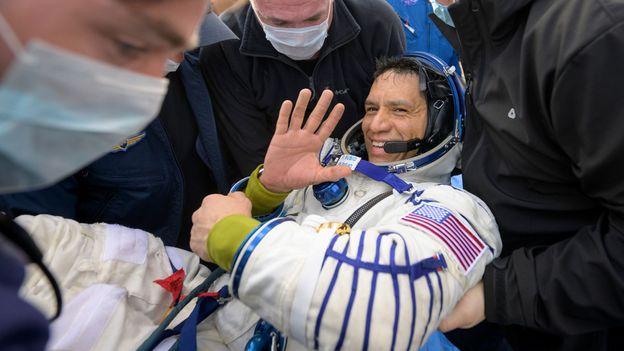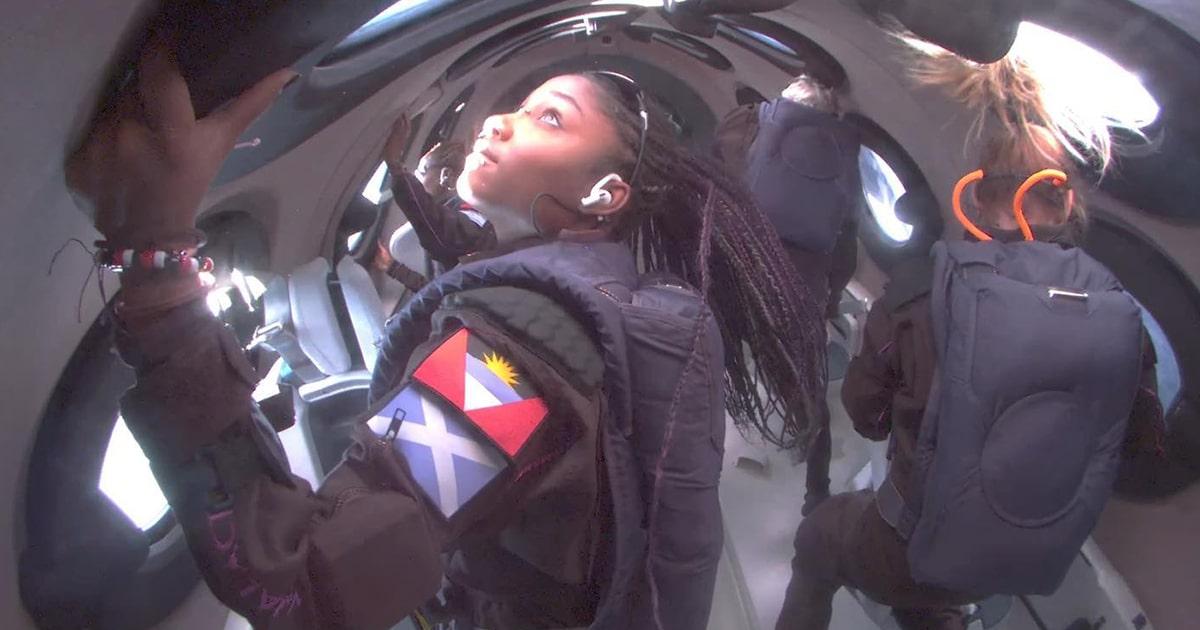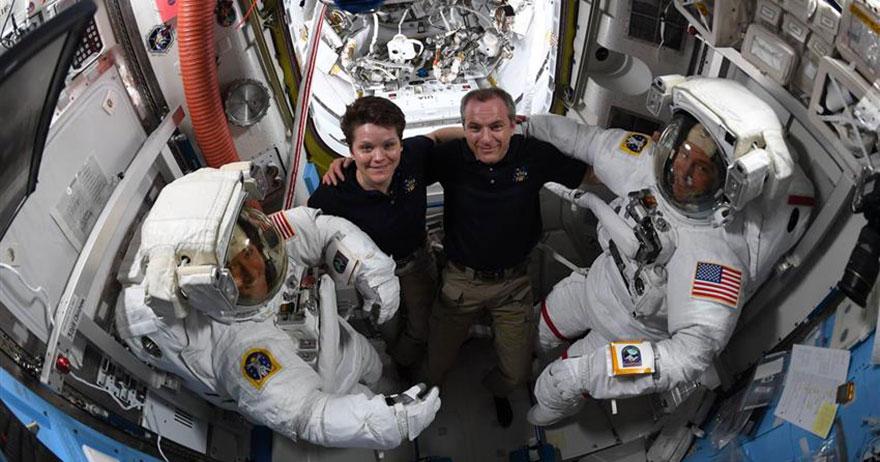What are the health risks of long-duration spaceflights and how is NASA addressing them?
The health risks of long-duration spaceflights are significant and NASA is actively addressing them. One of the main risks is radiation exposure, which can lead to DNA damage, cardiovascular disease, and an increased risk of cancer. NASA is conducting research to develop effective ways to shield astronauts from cosmic rays and solar particle events. Another risk is the loss of bone and muscle mass due to the microgravity environment. NASA is studying countermeasures such as exercise programs and medication to mitigate these effects. Blood pressure changes and mental health issues are also important considerations. NASA is focused on understanding these risks and developing strategies to ensure the safety and well-being of astronauts during long-duration spaceflights.
What is the significance of private space companies in the future of space exploration?
Private space companies play a significant role in the future of space exploration. They bring innovation, competition, and resources to the industry, driving advancements in technology and reducing the cost of space travel. Companies like SpaceX, Blue Origin, and Virgin Galactic have made significant strides in developing reusable rockets and spacecraft, which make space travel more affordable and sustainable. Private companies also have the flexibility to pursue ambitious goals, such as Elon Musk’s plan to establish colonies on Mars. Their efforts complement those of government space agencies like NASA, creating a collaborative space ecosystem that will propel future exploration and pave the way for human settlement beyond Earth.
How will the rise of space tourism impact inequality and accessibility to space travel?
The rise of space tourism will have a significant impact on inequality and accessibility to space travel. On one hand, private space companies are making space tourism more accessible by offering suborbital trips at a more reasonable cost. This opens up the opportunity for more people to experience space travel and witness the beauty of Earth from above. However, concerns about the high cost of space tourism reinforcing inequality persist. Access to space travel may become limited to the wealthy elite, further widening the gap between the privileged few and the majority who cannot afford such experiences. This highlights the importance of balancing the commercial aspects of space tourism with the need for equal access and the democratization of space. It will require efforts from both government and private entities to ensure that space exploration and travel remain inclusive and accessible to all, regardless of socioeconomic status.
Full summary
The space journey had a profound impact on the mother and daughter's relationship. It strengthened their bond and deepened their sense of connection. Going through the preflight space readiness program together allowed them to support each other and grow as individuals and as a family. The shared experience of space travel created lifelong memories and a unique understanding of each other's strengths and weaknesses. It also brought them closer to realizing their shared dreams and aspirations.
Former astronaut Daniel Tani answers questions from students about the past, present and future of space exploration. Tani traces his love of engineering and space exploration to his childhood. He met an astronaut and decided to fulfill his childhood dream of becoming an astronaut. Tani applied to NASA's space program and was accepted in 1996. He spent 16 years working for NASA, flew on two space missions, and spent 120 days in space. Tani shared inspiring stories of his experiences in space. A student asked Tani what it was like to return to Earth after spending time in zero gravity. Tani talked about the excitement and fear of going on spacewalks. He presented a timeline of human space flight, from Sputnik 1 to Space X. Tani expressed disappointment about the lack of government funding and enthusiasm for space travel. He discussed NASA's current goals and budget limitations. Tani shared his thoughts on space tourism and the potential of smaller space companies. He mentioned NASA's plans to retire the International Space Station in 2030 and rely on private industry for space research.
Continuous presence in space aboard the International Space Station (ISS) since 2000. Space travel involves health risks such as DNA damage, bone loss, muscle loss, and blood pressure changes. Long-duration spaceflights pose greater health risks. NASA conducts research to make space travel safer. The National Academies of Sciences, Engineering and Medicine provides an independent review of the health risks of space travel. The review finds radiation exposure as the toughest health risk to solve. There is no effective way to shield astronauts from galactic cosmic rays and solar particle events. There is a link between radiation and cardiovascular disease, as well as an increased risk of cancer due to radiation exposure. There is an ethical question of raising the risk limit for Mars missions. Mental health issues and interpersonal factors are also important considerations in long-duration spaceflights. Teamwork and addressing different types of risks are crucial in space missions.
Continuous attempts to fly throughout history. The first airplane was built by the Wright brothers. Space exploration started with the V2 rocket in 1944. Yuri Gagarin became the first man in space in 1961. The Apollo 13 mission in 1970 tested the resilience of astronauts in the face of adversity. The first Soviet space station, Salyut-1, was launched in 1971, followed by Skylab, the first US space station, in 1973. The shuttle Columbia orbiter, the first reusable spaceship, was launched in 1981. MIR space station was launched in 1986, and the International Space Station (ISS) collaboration began. NASA's Artemis program aims to return to the Moon. The importance of psychological well-being for astronauts in space cannot be overstated. Research into the health risks of space travel may someday make long-duration spaceflights safer for astronauts.
Virgin Galactic is preparing to send its first paying customers to the fringes of space. NASA and European space leaders are discussing plans for a Moon Village. Elon Musk's goal is to establish colonies on Mars. Psychological training is needed for space travel. Interviews with psychologists and a space travel veteran shed light on this important aspect of space exploration. Astronauts have reported experiencing frequent hallucinations in space, such as flashes or streaks of light caused by cosmic rays. The breakdown of crew coherence and space mission stress are areas of concern. The effects of confinement in simulated missions and the impact on basic mental abilities have been observed. Changes in brain activity during orbit have also been documented. Speculations on the psychological effects of space travel and guidelines for crew members who become dangerously agitated are subjects of ongoing study.
Dennis Tito became the first tourist to visit the International Space Station by paying $20 million for a seat on a Russian Soyuz spacecraft. The rise of private space companies is making space tourism more accessible. The development of suborbital launches offers a cheaper option for space tourism. Virgin Galactic's pursuit of space tourism aims to carry up to six passengers in a suborbital flight. SpaceX's goal is to send paying customers to space as an intermediate step towards human settlement of Mars. Blue Origin's focus is on making space travel routine, reliable, and accessible through suborbital trips. SpaceX has planned upcoming tourist launches for September 2021 and 2022. Blue Origin and Virgin Galactic offer suborbital trips at a more reasonable cost. However, concerns about the high cost of space tourism reinforcing inequality persist. Nevertheless, the potential for a new generation of space explorers to find the experience of viewing the Earth from space priceless is undeniable.













